Gravel Grinder News: Salsa Cycles Debuts Stormchaser Single Speed Bike – by Guitar Ted
Today Salsa Cycles introduces a new gravel bike, but it isn’t what you might expect. It certainly caught us off-guard when the embargoed press release hit our inbox a couple of weeks ago. A single speed gravel bike? In aluminum? Yes folks, a single speed gravel bike in aluminum. Now before you scoff and click off to the next thing, you might want to consider why anyone would want this sort of bike, because sometimes it actually is the best choice for a bike.

Salsa Cycles says: “STORMCHASER is Salsa’s single speed gravel bike designed for the days when dirt turns to derailleur-breaking, ride-ending mud. It has the grit to carry any determined rider through the toughest conditions, and features everything riders expect from the brand that built the industry’s first gravel bike.”
History: Single speed gravel bikes are common, and have been the bike of choice for many top gravel racers throughout the modern age of gravel riding. (2005- present) There is even a single speed specific gravel race. Sometimes gravel racers are dedicated single speed riders, but sometimes the single speed was the best choice for the job. Especially when the weather comes and makes a sticky goo out of which once was a road. This is where Salsa gets the idea for the Stormchaser. The name should tip you off to its design intentions, but you also should know that Salsa Cycles folk are no strangers to single speed devices. The old El Mariachi model was sold as a single speed mountain bike up until a few years ago. So, they know single speed and that is important. Those of you who have no single speed experience may think a single speed is easy to do, but there are a lot of details which have to be considered which make or break a single speed bike. Salsa has these details down pat with the Stormchaser.

What It Is: The single speed details start with the new flat mount brake compatible Alternator Drop Out. This sliding drop allows for the tensioning of the chain. You get 15mm of travel here which should be enough to accommodate one tooth cog swaps (17T >> 18T, as an example) without modifying your chain, or you could use the 15mm of travel to adjust your wheel base for maximum mud clearance. The bottom bracket is a standard type threaded with a 73mm wide shell. That should mean that there is much less chance for creaking there when a single speed rider is cranking out a low cadence. This frame is also compatible with a derailleur drive side Alternator drop out which allows conversion of the single speed Stormchaser to a 1X drive train compatible Stormchaser. Frame set buyers will get both drop outs in the box while complete Stormchaser bikes will only come with the single speed drop out. Both drop out choices are through axle 12mm compatible. There are no other versions of this new drop out available, as far as we know, at the time of this writing.
A bike with the name Stormchaser better have some massive clearance and this frame delivers up to 40% more clearance than the Warbird does with a 42mm tire. Additionally, Salsa thought about what mud does to carbon fiber when it gets squeezed between tires and frame and fork parts. So, the Stormchaser frame is hydro-formed aluminum- not carbon- while the carbon fork has two embedded stainless steel abrasion plates in high wear areas to protect the carbon layers which make up the fork. Using metal in high wear areas shows that the Salsa Cycles designers are paying attention to what happens when these critical areas are made from carbon fiber and are left unprotected.
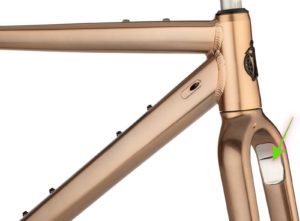
Tire clearances for 700c are also increased over what the Warbird can handle. The 700c and 650 clearances are both listed at 50mm while the width allowed with fenders is 45mm for both wheel sizes. Interestingly, Salsa Cycles also mandates a minimum tire size for the Stormchaser, (as they do for the Warbird, by the way) at 700c X 32mm and 650 X 47mm for each wheel size respectively. This is probably to keep the bottom bracket height, and pedal clearances in corners, at an acceptable level.
Since this is a Salsa Cycles bicycle, you can expect the full treatment when it comes to braze-ons and details. So you get two down tube water bottle mounts on sizes 56cm – 61cm, one of those being a triple set (one triple set on sizes 49cm – 54.5cm), one triple set of seat tube bosses, and one set underneath the down tube. There are mounts for a top tube bag, fender mounts, and a rack can be mounted using the Salsa Rack Lock – available separately. The fork sports Three Pack mounts and is compatible with the Salsa Down Under Rack.
The frame uses internal cable routing, is dropper post compatible, and it is made from 6066-T6 aluminum alloy. The rear seat stay and chain stay design is the tried and true Class 5 Vibration Reduction System to aid in rider comfort. Salsa Cycles is offering the Stormchaser in seven sizes ranging from 49cm to 61cm. An interesting touch is the handle bar width, which, as any single speeder knows, is important. Handle bar width will increase in as sizing gets larger. So, as an example, the 49cm Stormchaser will be spec’ed with Salsa’s 40cm Cowchipper while the largest 61cm model will sport the rangy 52cm Cowchipper. Once again, there will be frames and forks and one complete model offered. Complete Stormchaser bikes will ship with two cogs- an 18T and a 17T. Maximum recommended chain ring size is 38T. Prices for the frame set and complete are $1099.00 and $1499.00 USD respectively.

Comments: Once over the shock that a company would come out with, and market, a single speed gravel bike, the Stormchaser seems like it has some smart choices. The slider drop outs, (because let’s face it- that’s what they are) are executed well and look great. Internal cable routing gives mud and grit less places to hold onto. The big tire clearances mean more room for mud with typical width gravel tires (40mm-43mm) The protected areas on the fork to help prevent premature wear through from mud and grit is a brilliant design feature. Something I’ve advocated for in carbon frames and forks for a long time.
For a bike which is intended for the worst gravel conditions, the Class 5 VRS system, with its lack of “bridging” between seat stays and chain stays, makes a lot of sense, plus you get the added benefits of the built-in compliance. The Salsa Cycles design mandate for lots of versatility and carrying abilities are present here as well, making the Stormchaser something of a single speed chameleon which could go from stripped down racer to a racked and fender sporting commuter bike, depending upon your preferences and needs. Plus you could get the rear drop out which is derailleur compatible and go 1X geared.
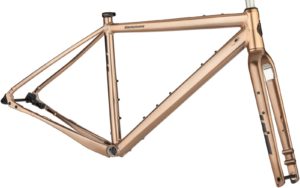
The geometry is rather interesting with Salsa opting for a slack 70° head angle across the seven size range. Matched up with a 51mm offset on the fork, it should track well in bad conditions. With 42mm tires, the bottom bracket drop comes in at a decent, but not low, 70mm. Longer cranks preferred by some single speeders should work fine here.
Now I think many people will be a bit let down that this wasn’t a steel frame. It would appear that steel is not compatible with the Class 5 VRS System. It may have made this frame heavier had it been rendered in steel. You also may be thinking titanium, but keep in mind that during the Warbird’s development, Salsa engineers told us that even the aluminum Warbird with Class 5 VRS was more compliant than the titanium version of that bike. Therefore, making a titanium version of this would not only be a lot more expensive, but not as good for the rider as well. Also worth noting here is that Salsa Cycles claims that a 56cm version of this frame, fork, through axles, including a headset and seat post collar, weighs in at a very respectable 4lbs 5 ounces. It would be rather difficult to render any steel or Ti frame using a Class 5 VRS rear end in a weight approaching that.
The complete spec seems to lack inspiration when we look at it. The wheels with an internal rim spec of 23mm are….okay, but with the capabilities to run up to 50mm tires on this bike we’d have thought a 25mm internal rim spec would have been more ideal. Plus the spec’ed WTB hubs are a bit of an unknown for a bike marketed as being bad weather compatible. Then again, why sacrifice a really nice hub to the whims of poor weather riding? There’s a point to made there. Mechanical brakes on a severe conditions bike can be debated either way, but at $1400.00 plus, hydraulics may be expected here. The issue, of course, being that there aren’t many choices in levers that are hydraulic only. (Without shifter bits inside) Besides, a cable operated brake is more easily field serviced. The pricing for both choices- frame set and complete, seem a bit dear, but then again, this is not an off-the-shelf frame and fork. You can’t get what this frame offers anywhere else. Cheaper? Of course, but as they say- apples and oranges. You aren’t going to get anything with the Class 5 VRS, or such progressive geometry, or with similar features, so not the same.
It is an interesting choice to market such a bike, but it also has some ideas which are very welcome as far as a drop bar adventure bike goes. the new Alternator ‘sliding drop’ is something that gives even the geared 1X Stormchaser set up a way to bail out due to a snapped derailleur. Something that a Warbird rider wouldn’t be able to do well, or at all. The embedded stainless steel carbon fork protection plates are another smart idea. Perhaps both ideas will be transferred over to Salsa’s other adventure gravel/dirt bikes like the Warbird and Cutthroat. Right now though, the Stormchaser is the best looking bike we know of for those riders taking on the worst of Mother Nature’s business while riding gravel and back roads.
Note: Images and information for this post were provided by Salsa Cycles.


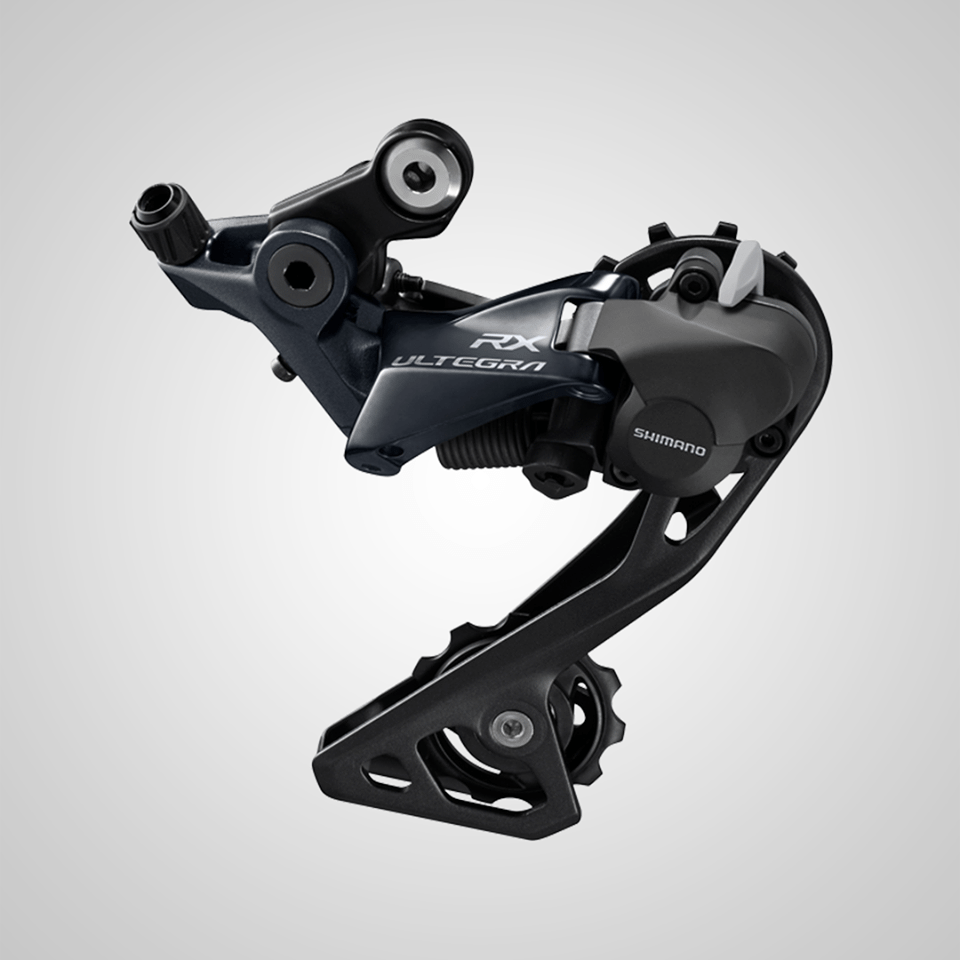


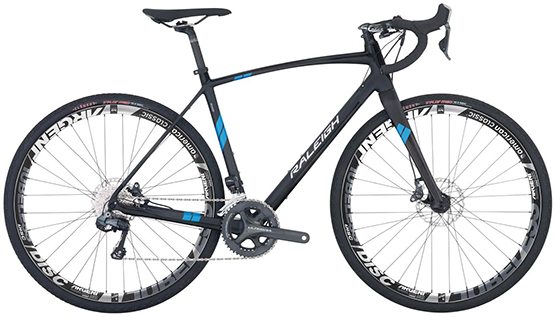



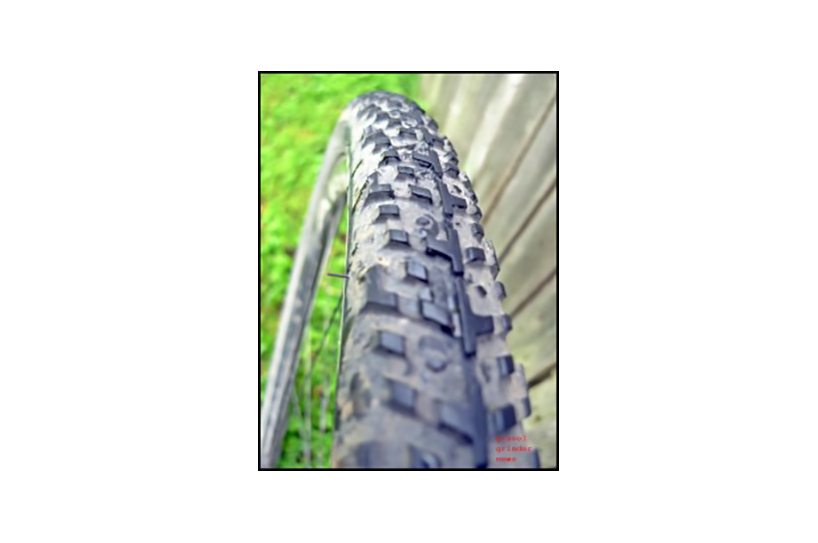

100% on board with the cable brakes after having multiple TRP hydraulic sets die in the mud. At least with cable actuated calipers you have the option to dial out the pads to avoid rubbing.
This bike checks so many of my boxes. It’s like Salsa read my mind.
Hmmm, with those sliding dropouts, would this be compatible with a Veer belt drive (split so you don’t need a break in the rear triangle) and a Rohloff hub? Interesting ideas …
Very compatible with a rohloff it sounded like from another review site.
I would like some thoughts on cadence , and max speed on this set up. Would I be spinning out on a ride with geared riders , like if we were riding at about 18 mph – 20 ? I have two geared bikes and a C-Dale Capo fixie , I know my fixies max cadence and approx tarmac speed , but the storm chaser on south Florida limestone or coral rock levees , idk 😐. I really want this bike , but might be disillusioned trying to hold a pace for gravel races / events .
I know I am probably in the minority here, but a bike with something approximating what Salsa is trying to do here is what I’d like in my third bike. You know, the one that can do SS, commuting or be the back up mountain bike. I’d prefer 2.1 inch space without going past 440mm, but there are other nits I guess I could pick at, but I am considering trying to pick one up, even though the pricing underwhelmes.
“but with the capabilities to run up to 50mm tires on this bike we’d have thought a 25mm internal rim spec would have been more ideal.”
Uh No!,
Why do you think a 25 internal width wheel is needed for a 50mm tire? Do you like riding slow squared off tires.
Keep in mind that up until a few years ago, most MTB wheels were around 19-21 internal width. And we all rode 2.0 to 2.3″ tires on them.
Don’t make comments for comments sake just to be trendy.
@ Ed – Not “trendy”- it is reality. Most wheels we are testing for “gravel” use, as termed by manufacturers, are 24mm-25mm and are rated for 38mm-50mm tires.
Of course, feel free to do whatever you’d like. I’ve run 2.1″ers on 17mm internal width tires all the way to 2.25″ tires on 40mm internal width rims. I’m quite familiar with “squared off’ tread caps and very rounded ones as well. But to ask me why I think a 25mm internal rim width is better for a 50mm tire (or to ask our other contributors, who are all well versed in all combinations) would require its own post. So, to make things concise for the medium of “comments sections”, I will just say that we have seen the benefits and are quite convinced of them.
But again, no one has to agree, or do anything we are suggesting.
Is there any chance you’ll be getting one in for a review? If so, I’m interested in hearing your take on it once you’ve had a chance to experience it in person.
I’m not an avid SSer, but I really dig the combination of versatility, simplicity, and sensibility in the Stormchaser frame and fork.
I’ll echo other commenters in that the price is a negative for me. I have too many bikes as it is, but if this one was a little less, I would have placed an impulse order on a frame and fork.
@Stud Beefpile – Yes. There is more than a chance that will happen soon.
Stay tuned……
I think this is a great concept. Right now, here in Duluth Minnesota, the gravel roads are rideable, but muddy. The paved roads are covered in grit and road salt.
I don’t want to ride my Carbon Warbird with high end wheels, and Rival hydraulic groupset on there, fearing what the salt and grit would do to the expensive frame and parts.
The Stormchaser though: affordable parts. If that hub or brake craps out after a few winters of abuse, you can replace it. And the frame has clearance to run decent sized tires AND fenders, vs the Warbird being on OR the other.
I want one. I ride exclusively on dirt roads: hardpack, loose dirt and sand, rocks, ruts, animal trails, and thick, sticky, grit laden mud in the wet season. I love riding my Wabi Thunder and I am sure I will love riding the Stormchaser.
I prefer mechanical brakes for simplicity and ease of repair. I will order a set of 27.5 wheels for the days when I ride particularly rough, rocky trails. I like the 17t/18t cog.
The fun factor makes the price irrelevant for me. How long before pre-orders are filled, Salsa?